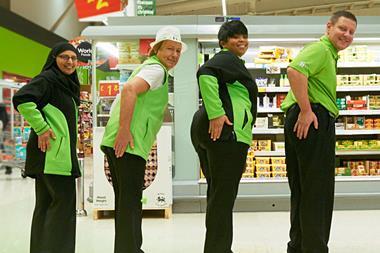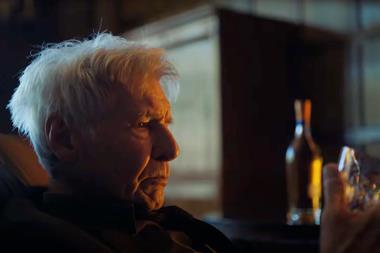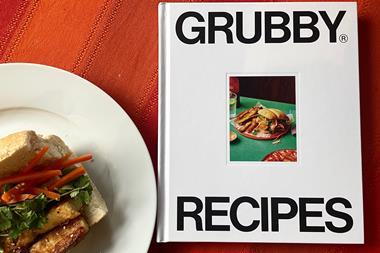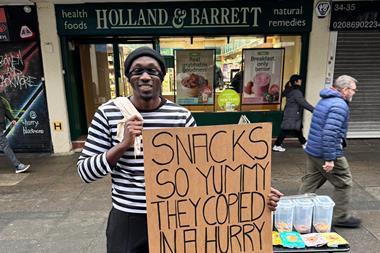"Pah. Not in a month of Sundays.” That was my great grandmother’s reaction to the idea that man would one day fly. She was, of course, wrong. And, in writing this column, I’m at risk of falling into a similar trap.
For, while Richard Watson’s Future Files – a 306-page crystal ball of a book – is intriguing and thought-provoking, it all seems a little pie in the sky. It predicts – or actually has a bit of a guess – at the trends that will shape the next 50 years, covering everything from science to travel. And food and drink gets its very own chapter.
In 2050 we will be eating more soup. Yes, soup. No Willy Wonka meals-in-a-pill yet. And drinking? Fizzy pop that changes colour. I suppose that’s a little more Wonka. What’s more, these products will always be available. Shoppers will swipe a card at the store entrance, providing information about what they typically buy. Then, if there’s a rush on for anti-wrinkle jam, the shelves can be filled.
The Grocer 33 availability analysis would be no more. Which puts one member of The Grocer’s staff out of a job. Indeed, what’s interesting isn’t what the future will have, but what it won’t. Many will be glad to hear that we’ve only got another 15 years of Paris Hilton being in the spotlight, although butchers and village shop owners will fade away five years before the z-list celeb. Supermarkets will still be here, offering shoppers a choice of either the most luxurious products or the cheapest.
Of course, the buying habits of shoppers are about as predictable as the future. But Martin Lindstrom appears to be up for a challenge and has written Buy-ology in an attempt to reveal the truth and lies behind what we buy. It’s a fascinating insight into the modern marketing world, and how our brains react to it. Advertising will become less avoidable and more targeted. The only way to avoid it, says Lindstrom, would be to “drive to the supermarket, load up on food for the next decade or two and lock yourself away”.
At least by that time Paris Hilton would have disappeared.
For, while Richard Watson’s Future Files – a 306-page crystal ball of a book – is intriguing and thought-provoking, it all seems a little pie in the sky. It predicts – or actually has a bit of a guess – at the trends that will shape the next 50 years, covering everything from science to travel. And food and drink gets its very own chapter.
In 2050 we will be eating more soup. Yes, soup. No Willy Wonka meals-in-a-pill yet. And drinking? Fizzy pop that changes colour. I suppose that’s a little more Wonka. What’s more, these products will always be available. Shoppers will swipe a card at the store entrance, providing information about what they typically buy. Then, if there’s a rush on for anti-wrinkle jam, the shelves can be filled.
The Grocer 33 availability analysis would be no more. Which puts one member of The Grocer’s staff out of a job. Indeed, what’s interesting isn’t what the future will have, but what it won’t. Many will be glad to hear that we’ve only got another 15 years of Paris Hilton being in the spotlight, although butchers and village shop owners will fade away five years before the z-list celeb. Supermarkets will still be here, offering shoppers a choice of either the most luxurious products or the cheapest.
Of course, the buying habits of shoppers are about as predictable as the future. But Martin Lindstrom appears to be up for a challenge and has written Buy-ology in an attempt to reveal the truth and lies behind what we buy. It’s a fascinating insight into the modern marketing world, and how our brains react to it. Advertising will become less avoidable and more targeted. The only way to avoid it, says Lindstrom, would be to “drive to the supermarket, load up on food for the next decade or two and lock yourself away”.
At least by that time Paris Hilton would have disappeared.













No comments yet